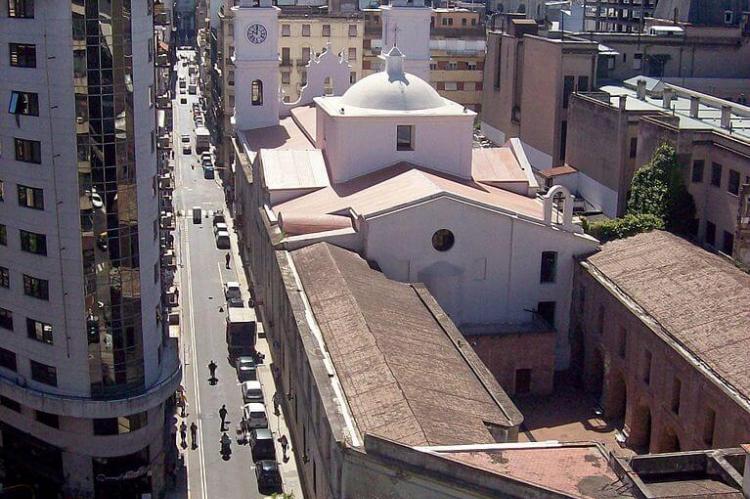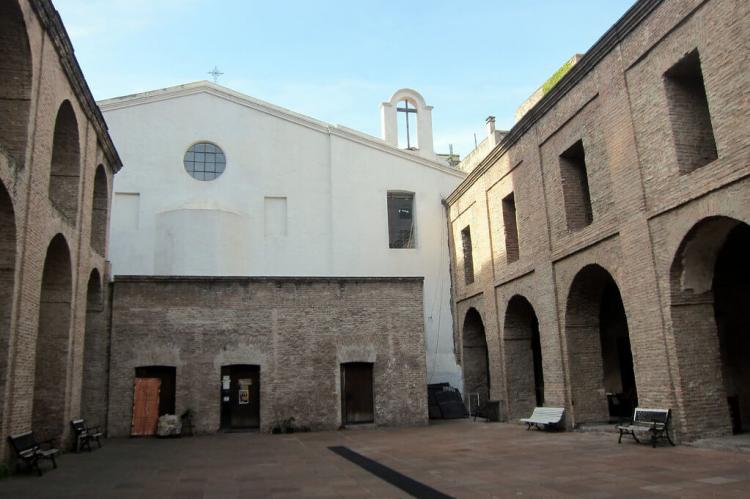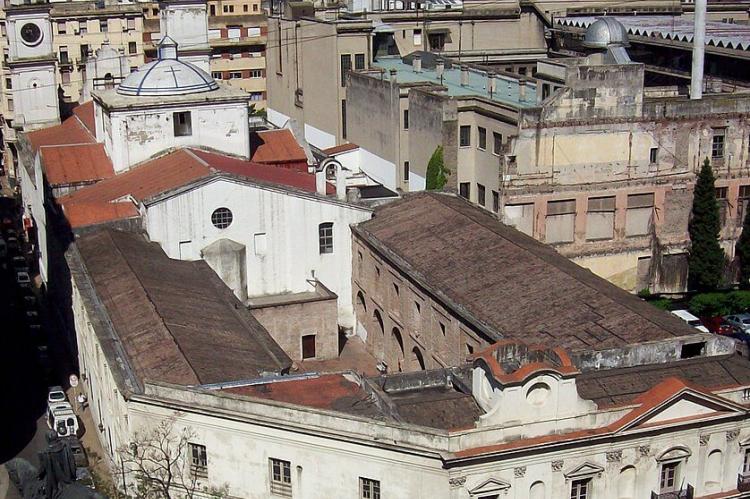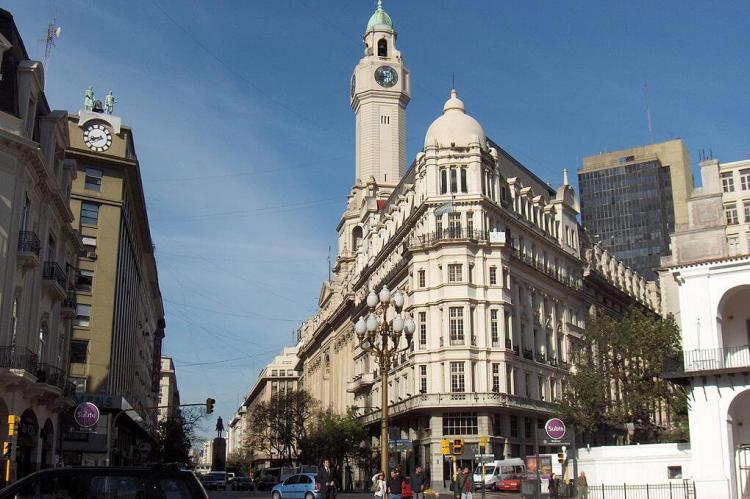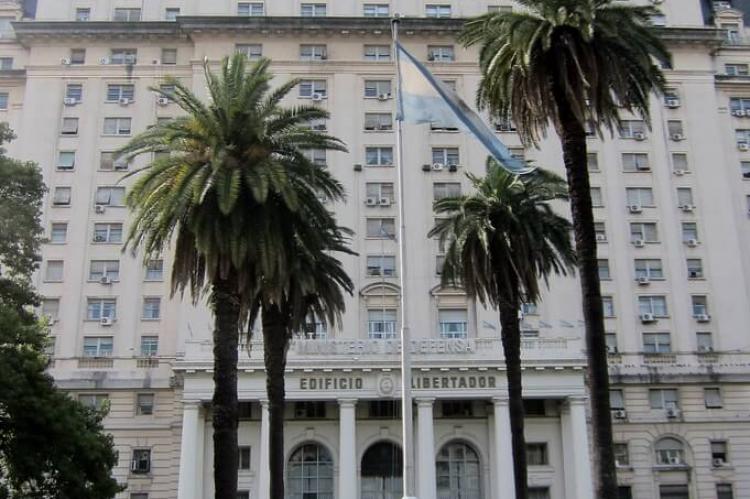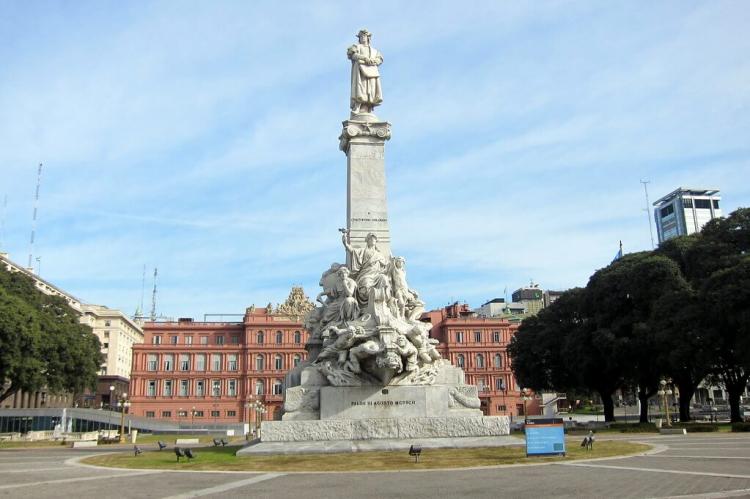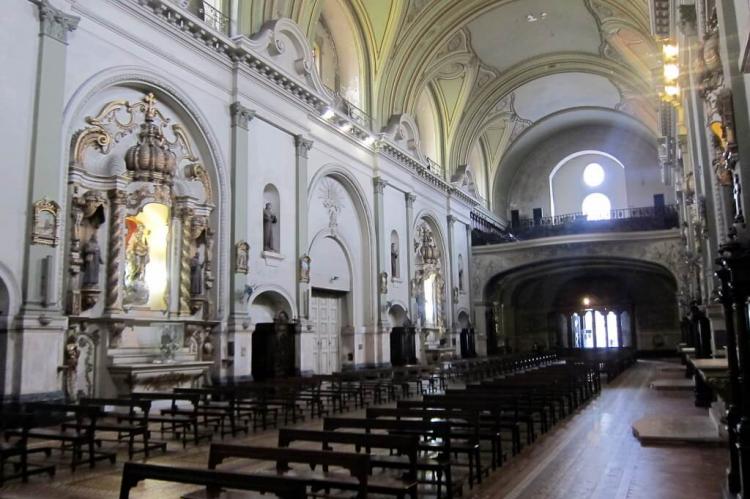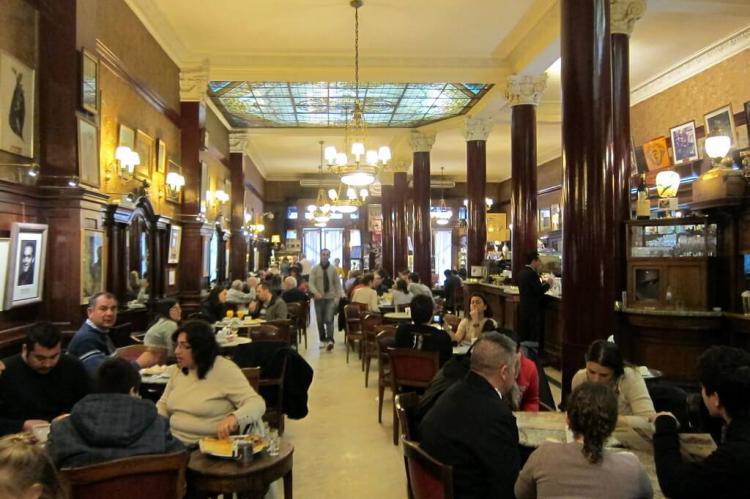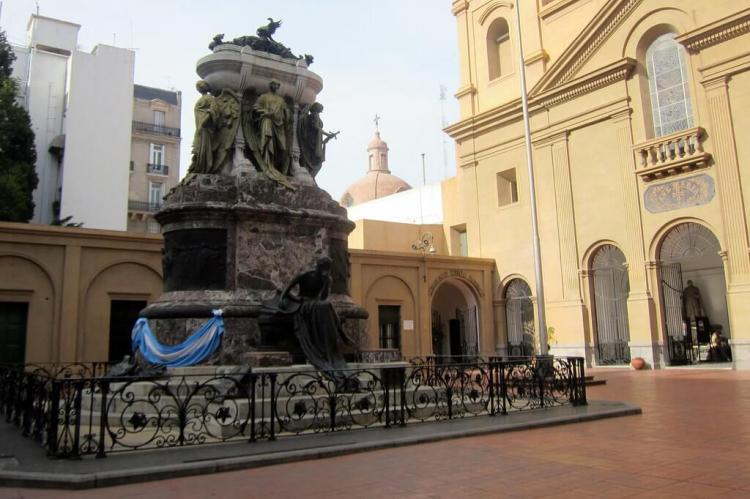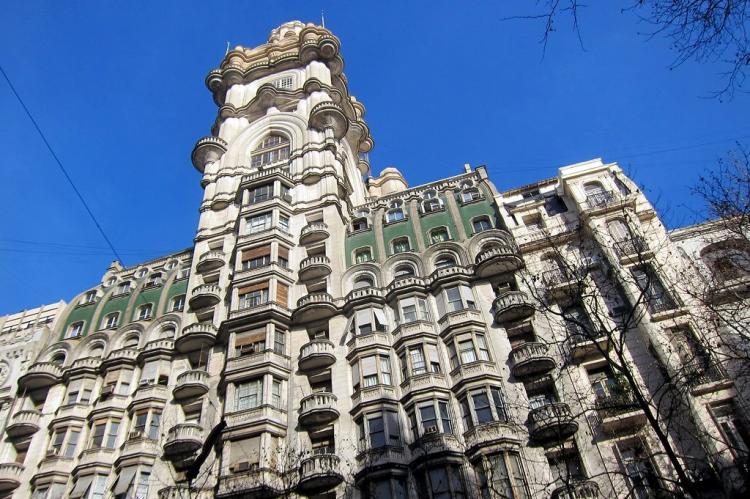Manzana de las Luces: The Illuminated Heart of Buenos Aires
In the heart of Buenos Aires, in the Monserrat neighborhood, lies Manzana de las Luces, a significant cultural landmark in Argentina. Dating back to the late 17th century, it has been central to the development of academic, religious, and civic institutions and played a key role in the city's history.
Block of Enlightenment: A Historical Gem in Monserrat, Buenos Aires
At the heart of Buenos Aires, nestled in the historic Monserrat neighborhood, lies one of Argentina's most significant cultural landmarks: Manzana de las Luces, or "The Illuminated Block." This block, rich in historical and architectural heritage, dates back to the late 17th century and has played a central role in developing Argentina's academic, religious, and civic institutions. From its origins as a Jesuit mission to its role as a hub of intellectual and political activity, Manzana de las Luces is a testimony to colonial Buenos Aires and the Enlightenment ideals that shaped its evolution.
Origins: The Jesuit Mission and Early Construction
Manzana de las Luces began as a Jesuit mission in the late 17th century. The Jesuits, an influential Catholic order, arrived in Buenos Aires and established a religious and educational presence in the Monserrat neighborhood. In 1686, they began the construction of the Iglesia de San Ignacio, a baroque-style church that would be completed in 1722. Adjacent to the church, the Jesuits built the Colegio de San Ignacio, later known as the Colegio Nacional de Buenos Aires. The college, designed by architect Juan Kraus, was constructed between 1710 and 1729, further cementing the Jesuits' influence on the city's educational landscape.
However, the mission was short-lived. In 1767, the Jesuits were expelled from the Spanish Empire, and their property was confiscated. Despite this setback, the Jesuit legacy endured, as the Colegio de San Ignacio was converted into the Royal College of San Carlos, and the church became a cathedral. The Jesuits' pharmacy was transformed into Argentina's first medical college, showcasing the adaptability of these institutions in the face of political change.
Manzana de las Luces: A Hub of Enlightenment and Academia
In 1821, the block gained the name "Manzana de las Luces" ("The Illuminated Block") in recognition of its academic and intellectual institutions. The block became home to some of Argentina's most prestigious educational establishments, contributing to its reputation as a center of learning and progress. Among these institutions were the University of Buenos Aires (founded in 1821), the Academy of Medicine (1822), and the Academy of Jurisprudence (1865). Additionally, the block housed the Department of Exact Sciences, which would eventually give rise to the faculties of Architecture, Engineering, and Exact Sciences.
Over the centuries, Manzana de las Luces has also been home to several key cultural and civic institutions. The block once hosted the National Library, the first theater in Buenos Aires, the city's first museum, and its first bank. Each of these institutions contributed to the intellectual and cultural enrichment of the city and cemented the block's reputation as a beacon of knowledge and progress.
Architectural and Cultural Significance
Manzana de las Luces is a center of intellectual and civic life and showcases colonial Buenos Aires' architectural legacy. The Iglesia de San Ignacio, with its baroque style, remains one of the oldest standing churches in the city. Its design reflects the influence of the European baroque movement, with intricate details and grandeur that still impress visitors today. The adjoining college buildings also reflect the architectural traditions of the time with their simple yet elegant designs.
Beneath the surface of Manzana de las Luces lies another historical treasure: a network of underground tunnels. These tunnels intersect beneath the block and are believed to have been used to safeguard munitions during Argentina's War of Independence, fought between 1810 and 1818. The tunnels add an element of intrigue and mystery to the site and serve as a reminder of the block's strategic importance during political upheaval times.
Monserrat: The Historic Heart of Buenos Aires
Manzana de las Luces is situated in the historic Monserrat neighborhood, home to many of Buenos Aires' oldest and most important buildings. Monserrat, located in the eastern part of the city's Central Business District, is known for its colonial and modern architecture mix. The neighborhood is defined by landmarks such as the Casa Rosada (the presidential palace), Buenos Aires City Hall, and the Colegio Nacional de Buenos Aires.
One of the most prominent streets in Monserrat is Avenida de Mayo, which connects the Plaza de Mayo to the Plaza de los Dos Cong. Visitors can find some of the city's most iconic Beaux-Arts buildings along this avenue, including the famous Café Tortoni and the Palacio Barolo. Just a short distance south of Plaza de Mayo lies the older section of Monserrat, where buildings dating back over a century still stand, giving visitors a glimpse into Buenos Aires' colonial past.
Conclusion
Manzana de las Luces, with its centuries-old Jesuit roots, academic institutions, and historical significance, continues to be a cornerstone of Buenos Aires' cultural and intellectual identity. The block, now recognized as a national historical monument, remains a symbol of Enlightenment ideals in Argentina and offers visitors an opportunity to explore the country's colonial past, fight for independence, and rise as a hub of education and culture. As part of the historic Monserrat neighborhood, Manzana de las Luces is a must-see destination for anyone interested in the architectural, intellectual, and cultural heritage of Buenos Aires.
